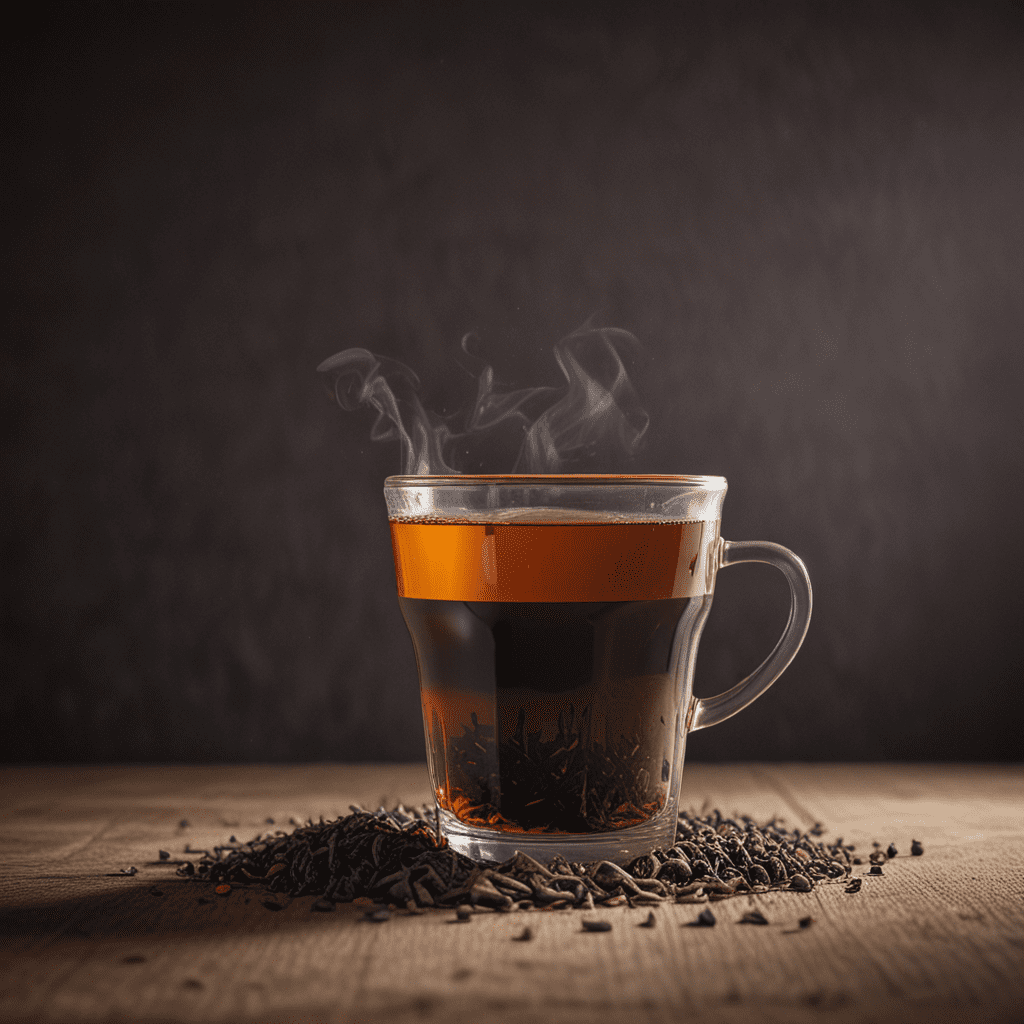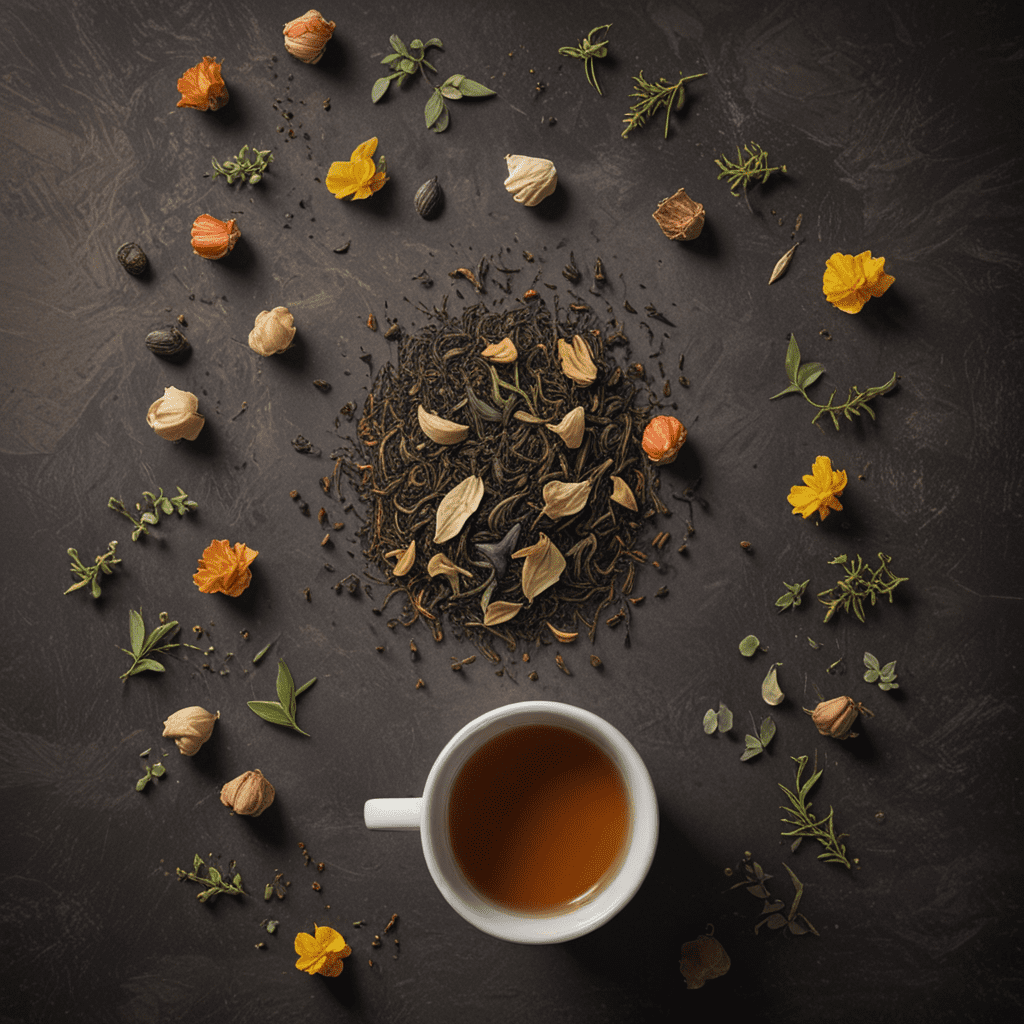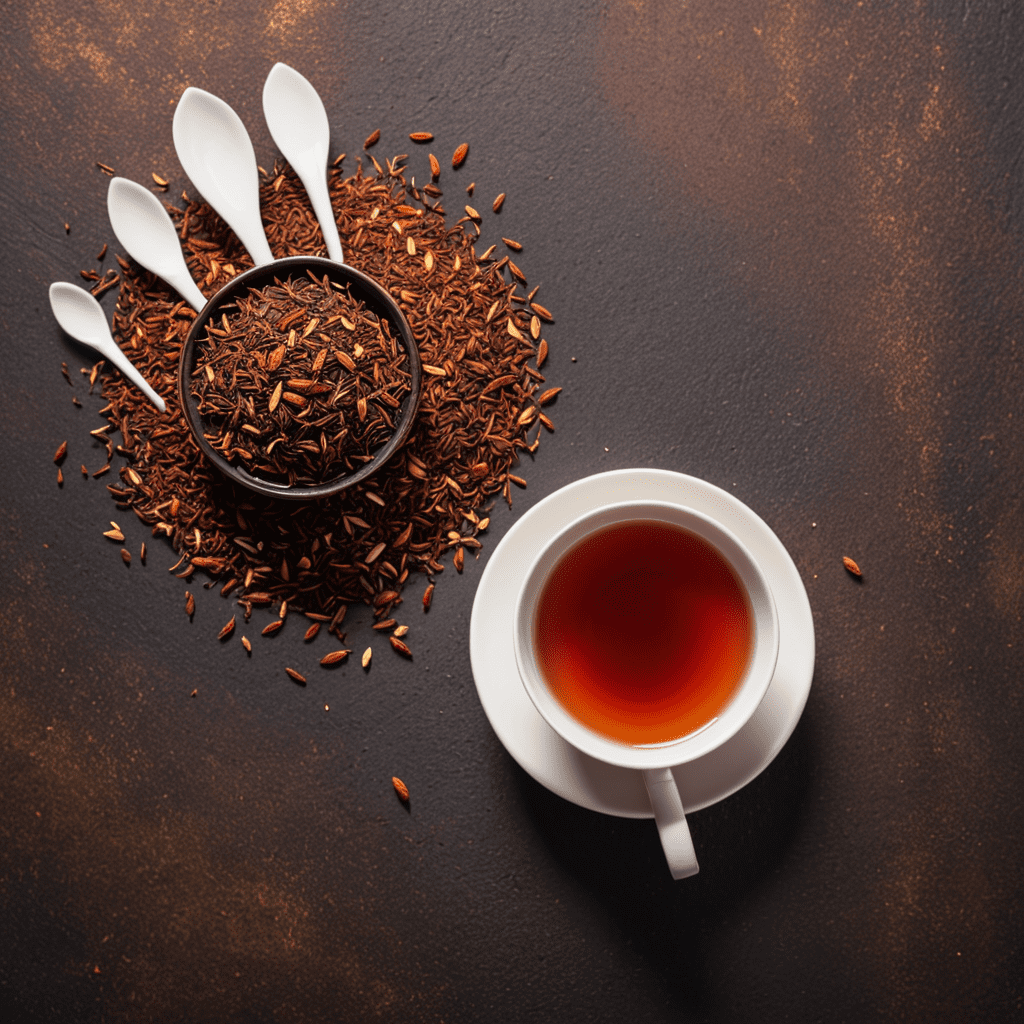
Introduction to Assam Tea: A Culinary Gem
Nestled amidst the lush landscapes of northeastern India, Assam is renowned for cultivating some of the world's finest tea. Assam tea stands apart with its robust, malty flavor and invigorating aroma, making it a cherished beverage among tea connoisseurs and casual drinkers alike. Brewing the perfect cup of Assam tea is an art form that unveils its exquisite flavors and leaves a lingering impression on the palate.
Choosing the Ideal Assam Tea Leaves
The foundation of a perfect Assam tea lies in selecting the right tea leaves. Look for loose-leaf Assam tea with whole or broken leaves that are dark in color with a slight reddish hue. These leaves have been fully oxidized, resulting in the characteristic malty flavor of Assam tea. Avoid tea dust or fannings, as they tend to produce a weaker and less flavorful brew.
Preparing the Perfect Water for Brewing
The quality of water used for brewing Assam tea significantly impacts the final taste. Ideally, use fresh, filtered water with a neutral pH. Avoid using distilled water, as it lacks essential minerals that contribute to the tea's flavor. If tap water is your only option, boil it for a few minutes to remove impurities and allow it to cool slightly before using it.
6. Proper Steeping Technique: The Key to Flavor
The steeping technique plays a pivotal role in extracting the optimal flavors from Assam tea leaves. Place one teaspoon of tea leaves per six ounces of water in a teapot or infuser. Pour hot water (just off the boil) over the leaves and let them steep for 3-5 minutes. Avoid over-steeping, as it can result in a bitter brew.
7. The Influence of Brewing Time on Intensity
The brewing time significantly affects the intensity of the Assam tea. For a milder brew, steep the tea leaves for a shorter duration, around 3 minutes. For a stronger brew, extend the steeping time to up to 5 minutes. Experiment with different steeping times to find the perfect balance that suits your personal preferences.
8. Stirring and Pouring Techniques for Even Extraction
Gently stir the tea leaves during the steeping process to ensure even extraction. This helps release the full flavor of the tea leaves. Once the tea is ready, pour it into cups or a serving teapot through a tea strainer to separate the leaves from the liquid.
9. The Importance of Brewing Temperature
The brewing temperature greatly influences the taste of Assam tea. Ideally, use water that is just off the boil, around 200-212°F (93-100°C). Avoid using boiling water, as it can scorch the leaves and produce a bitter brew.
10. Storage and Preservation of Assam Tea
Proper storage is crucial to preserve the freshness and flavor of Assam tea. Store the tea in an airtight container in a cool, dry place away from direct sunlight and heat. Avoid storing the tea in the refrigerator, as moisture can affect its taste.
FAQ
Q: What is the ideal ratio of tea leaves to water for Assam tea?
A: One teaspoon of Assam tea leaves per six ounces of water is the recommended ratio.
Q: Can I use tea bags instead of loose-leaf tea for Assam tea?
A: While you can use tea bags, loose-leaf tea generally produces a more flavorful and aromatic brew.
Q: How do I know when my Assam tea is ready?
A: The tea is ready when the desired flavor intensity is achieved. You can judge this by taste or by observing the color of the brew.
Q: Can I re-steep Assam tea leaves?
A: Yes, you can re-steep Assam tea leaves once or twice, but the flavor will be milder each time.
Q: What are the health benefits of Assam tea?
A: Assam tea is rich in antioxidants, which have been linked to various health benefits, including improved heart health, reduced inflammation, and enhanced cognitive function.

